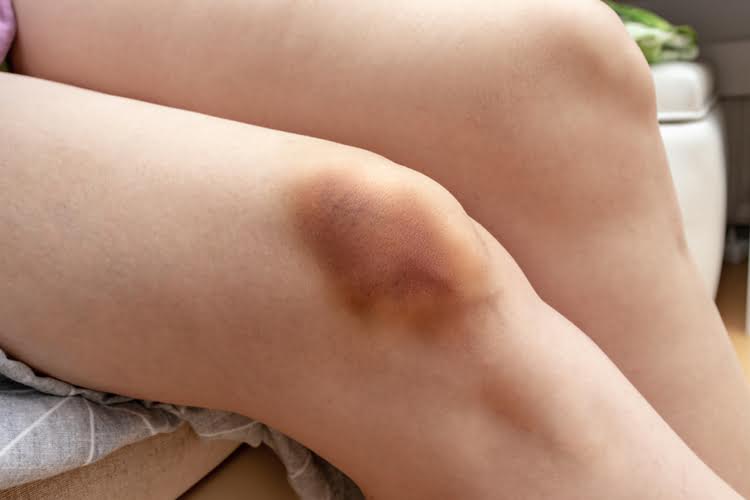Does alcohol slow bruise healing?
Beyond clinical practice, he’s an advocate for community awareness and early intervention in addiction prevention. Outside work, Trent values family time, personal growth, travel, and promoting a healthy lifestyle. Yes, alcohol can ‘thin the blood’ by making platelets less sticky and reducing their function. The information provided on this website is for educational purposes only and is not intended as medical advice. Always consult with a healthcare professional before making any health-related alcohol and bruising decisions.
Is there a safe amount of alcohol to consume while healing a bruise?
Yes, even a small amount of alcohol can temporarily cause vasodilation, expanding your blood vessels. This can make you slightly more prone to bruising from bumps that might otherwise not cause a mark. Yes, alcohol can negatively affect your CoolSculpting results by causing dehydration, increasing swelling, and straining alcoholism treatment your liver.
When would a bruise be a cause for concern?
Lines may look softer in one part of the face and tighter in another simply because one patch holds more fluid. Waiting a day or two before drinking cuts down this noise, so you can judge the true effect in a mirror. You’ll also see when a glass of wine later in the week is usually fine, and when symptoms after drinking call for a call to your own doctor or injector.

Binge Drinking (Alcohol), Bruising Or Discoloration, Dizziness And Dry Skin

The damage to the liver impairs its ability to filter toxins and produce clotting proteins, affecting blood vessel health and function. Additionally, alcohol’s vasodilatory effects increase blood flow, making minor impacts more likely to cause bruising. Excessive alcohol consumption can disrupt the delicate balance of platelet production and destruction, leading to a condition known as alcohol-induced thrombocytopenia. This occurs when the bone marrow, responsible for producing platelets, is suppressed by chronic alcohol intake. Studies suggest that heavy drinking, defined as more than 14 drinks per week for men and 7 for women, significantly increases the risk of developing this condition.
- Immune-mediated mechanisms also play a role in alcohol-induced thrombocytopenia.
- If you are having difficulty cutting down on alcohol, you should seek medical advice.
- The increased blood flow means that when a vessel does break, more blood can leak out, resulting in a larger or more noticeable bruise.
- The term “bruising” in the context of alcohol typically refers to the physical and internal damage caused by excessive or prolonged alcohol consumption.
- The liver is responsible for metabolizing alcohol, but excessive consumption overwhelms its capacity, leading to conditions such as fatty liver disease, alcoholic hepatitis, and cirrhosis.
When Should Alcohol Withdrawal Be Treated by Medical Professionals?
Alcohol acts as a blood thinner, which can increase the risk and severity of bruising in the treated area. After CoolSculpting, the suction applicators can cause some mild bruising, and alcohol consumption will only make it worse. Dehydration can cause the body to retain fluids, which exacerbates swelling and bloating in the treatment area. This increased inflammation can heighten discomfort and make it harder to see the progress of your treatment. As a result, the concomitant use of alcohol and aspirin or NSAID’s greatly increases the patient’s risk for gastrointestinal bleeding. Consuming alcoholic beverages can cause muscle weakness, tingling, numbness and a heavy feeling because it depletes the body of vitamins and minerals essential for muscle health.
